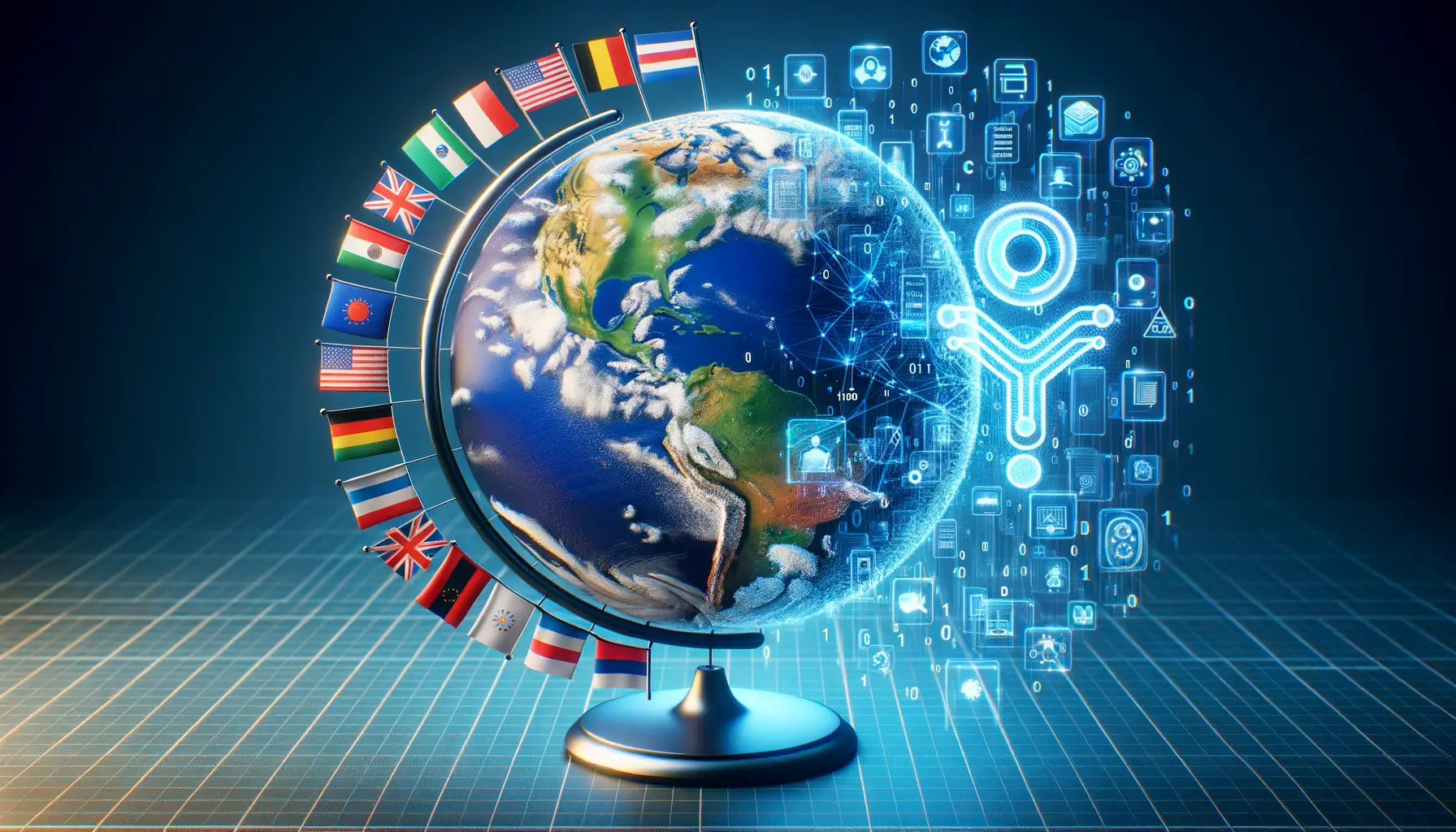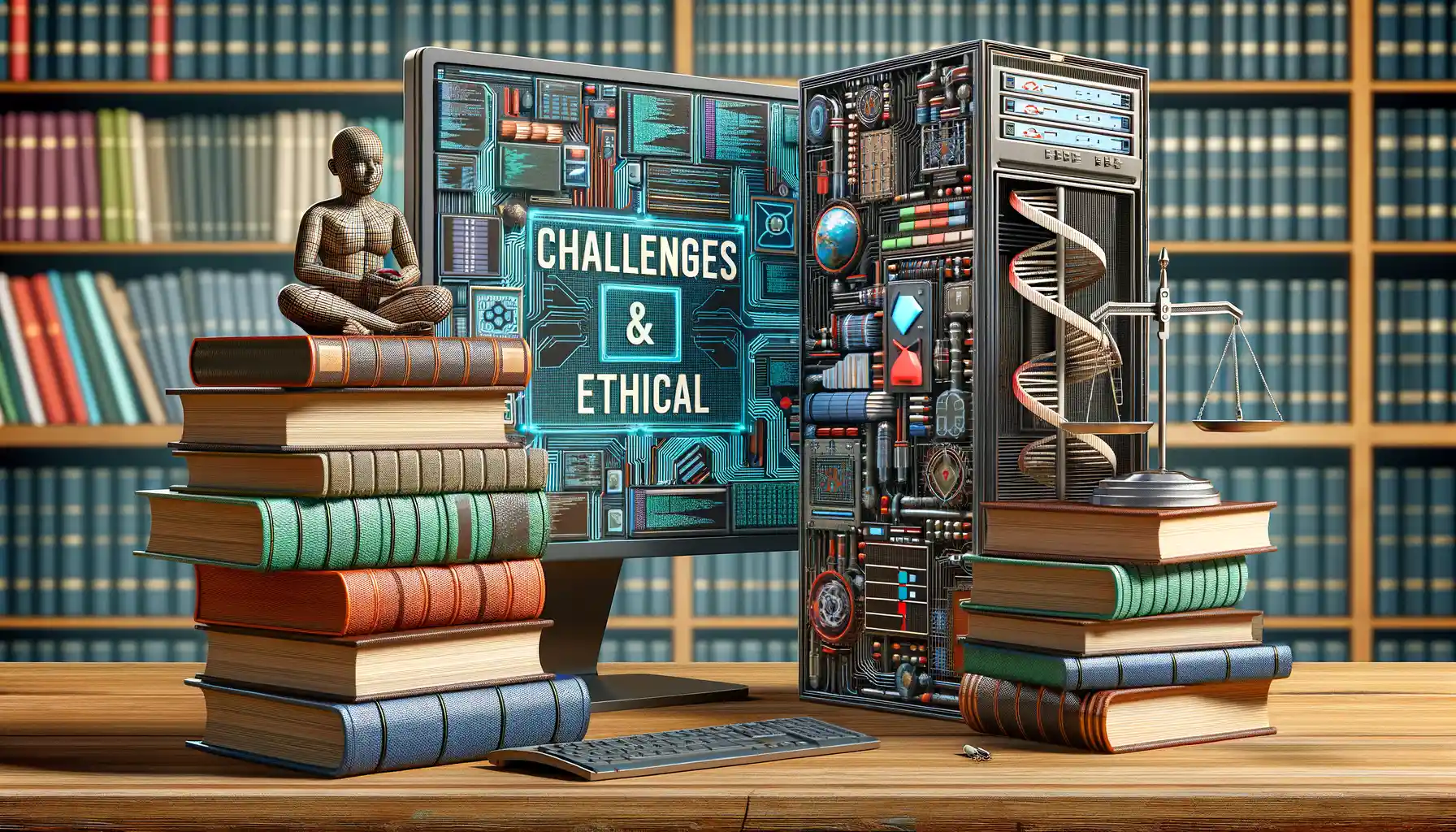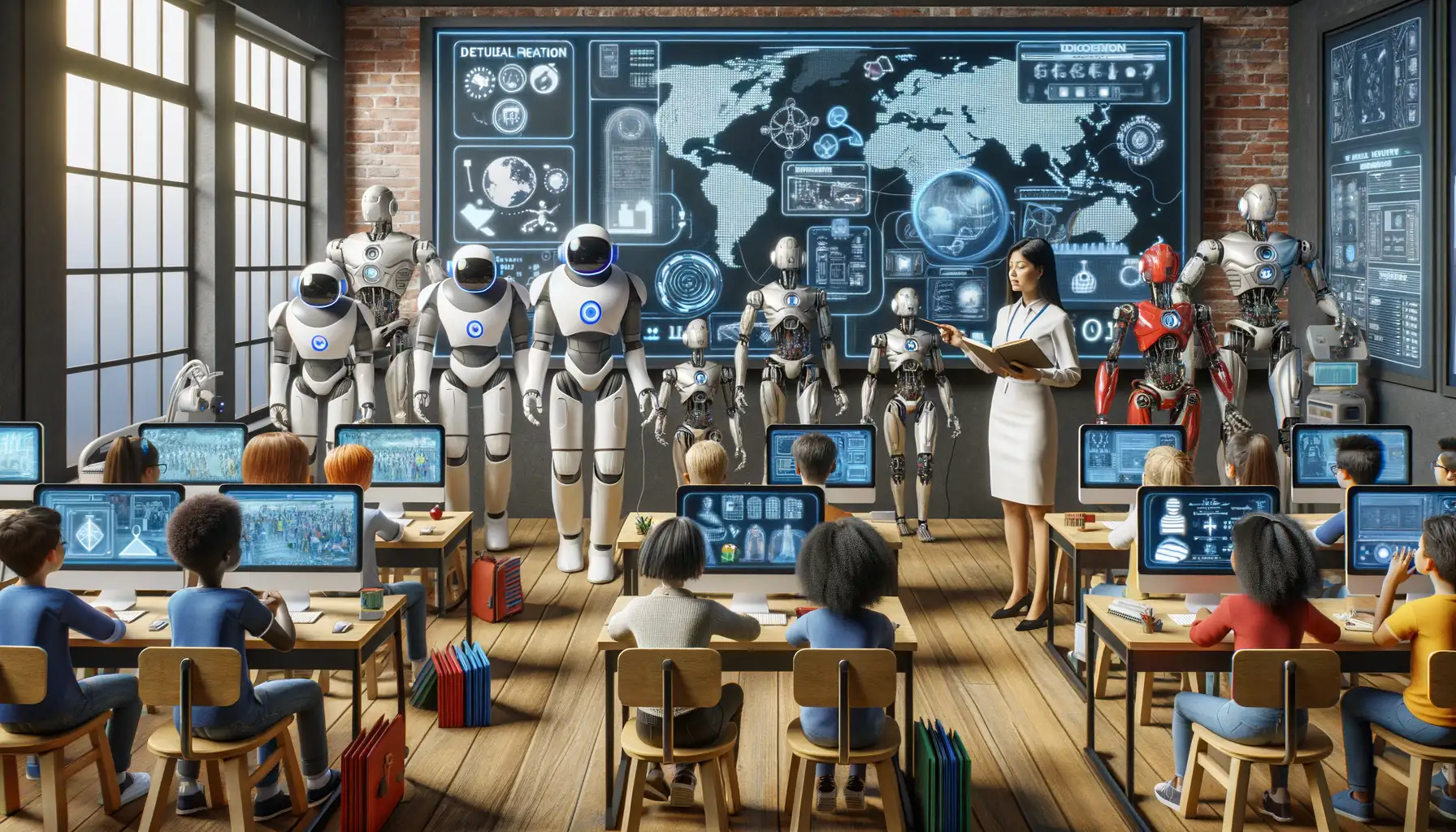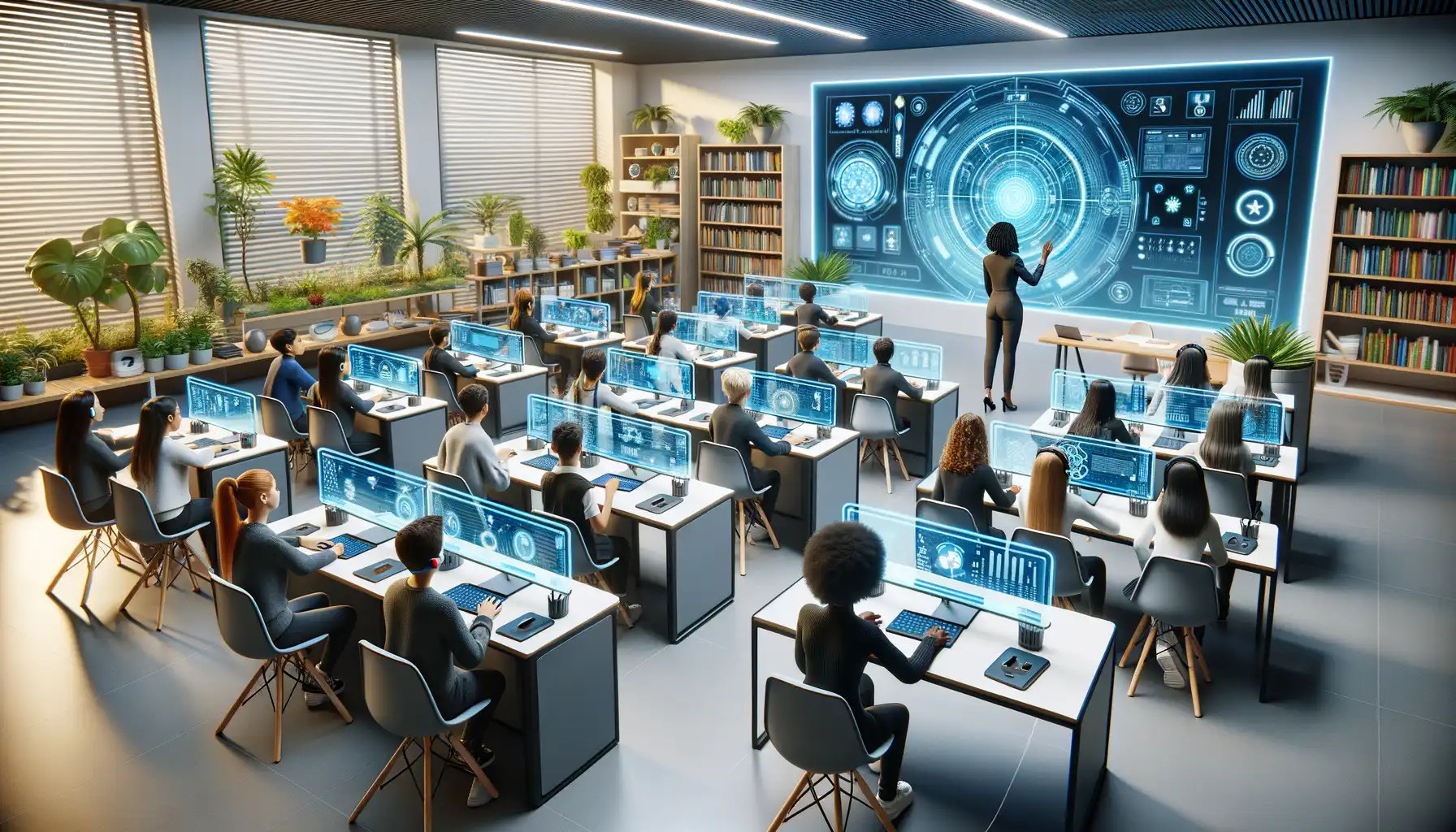The Future of AI in Shaping International Curriculum Standards
Catch a CheaterThe Role of AI in Modern Education Systems
Revolutionizing the Classroom: AI as an Educational Game-Changer
Imagine walking into a classroom where every student has a personal mentor, one that never tires, adapts instantly to their needs, and is always ready to answer questions. That’s not science fiction—it’s the role of AI in today’s education systems. From personalized learning paths to real-time feedback, artificial intelligence is reshaping how we learn, teach, and even think about education.
Gone are the days of one-size-fits-all teaching methods. AI tools like smart algorithms and adaptive software break down barriers by tailoring lessons to each student’s pace and style. For instance, a 10-year-old struggling with fractions might get step-by-step guidance from an AI tutor, while their classmate dives headfirst into algebra. In this way, every learner is met exactly where they are.
- Interactive platforms like Duolingo adapt language lessons to match user progress.
- AI-powered grading systems give instant and constructive feedback on essays and assignments.
Even teachers benefit! With data analytics, educators can monitor trends, spot struggling students early, and focus their energy where it’s needed most. In this new era, AI isn’t replacing teachers; it’s amplifying their superpowers.
Impact of AI on Developing Globally Adaptive Curriculums

Breaking Down Barriers with AI
Imagine a world where a student in rural Kenya learns alongside a classmate in bustling New York City, both following a curriculum tailored precisely to their unique cultural and personal needs. With the advent of AI-driven educational tools, this vision is no longer a far-off dream but an achievable reality.
AI has the uncanny ability to weave together threads of diverse cultures, languages, and teaching methods into a vibrant tapestry of learning experiences. It’s like having a multilingual, well-traveled teacher who adapts their lessons for every single student. Through advanced analytics, AI identifies gaps in regional education systems, respects cultural nuances, and translates them into actionable curriculum enhancements.
- Language barriers? AI steps in with real-time translation tools.
- Differing teaching styles? Machine learning crafts modules that adjust to everything from visual learners to hands-on problem-solvers.
- Overlooked local histories? Algorithms incorporate culturally significant content seamlessly.
Personalization: The Key to Culturally Rich Learning
This isn’t just about blending diverse learning styles—AI ensures every lesson resonates personally. For example, a child in Tokyo might study math through examples rooted in traditional Japanese craftsmanship, while their peer in Italy explores geometry through Renaissance art. Such localized approaches don’t just teach; they engage, inspire, and nurture a deeper connection to the material, all while maintaining global relevance.
The beauty of AI lies in its precision and empathy—an extraordinary combination for shaping global curriculums that feel personal yet universally enriching.
Challenges and Ethical Considerations in AI-Driven Curriculums

Navigating the Gray Areas of AI in Education
AI in education feels like rocket fuel for innovation, but even the most powerful engine can veer off course. Picture this: an AI curates a curriculum entirely based on performance metrics. Sounds efficient, right? But what happens when a student’s creativity or unique learning pace doesn’t fit that algorithmic mold? We risk losing the human soul of education.
And let’s talk about bias—AI systems learn from data, and if that data carries even a whisper of prejudice, it scales up into a megaphone. Imagine a history module where key cultures are barely mentioned because of skewed datasets. Fairness then becomes a fragile treasure we must fiercely protect.
- Who decides what “quality education” looks like in such systems?
- How do we ensure AI respects cultural diversity without diluting individuality?
When Machines Overstep Boundaries
There’s also the thorny issue of privacy. Sure, AI can track student progress, but at what cost? Should a child’s test scores or behavioral quirks be forever preserved in an algorithm’s memory? When does personalization cross over into surveillance? It’s a tightrope walk, balancing insight with intrusion.
And let’s face it: technology isn’t infallible. What if a glitch deletes months of tailored lesson planning? Who do we hold accountable: the developers, the institution, or the machine itself? With so much at stake, these dilemmas demand more than a one-size-fits-all answer. They need us—educators, policymakers, parents—to stay vigilant.
Technological Innovations Transforming Education

Revolutionary Tools Redefining How We Learn
Education is no longer bound by chalkboards and thick textbooks. Thanks to groundbreaking advancements in technology, classrooms are morphing into dynamic spaces where excitement and innovation collide. One of the stars of this transformation is undoubtedly Artificial Intelligence (AI). But that’s just the tip of the iceberg—let’s dive deeper.
Picture this: a student struggling with calculus gets instant, personalized feedback through an AI-powered tutor. Tools like Socratic by Google don’t just offer answers; they guide students, step-by-step, empowering real understanding. Meanwhile, teachers breathe easier as administrative giants like grading or lesson planning shrink into automated ease.
- Virtual Reality (VR): Ever dreamed of exploring ancient Rome or diving into cell biology? VR takes learners beyond the classroom walls and into worlds previously stitched only in imagination.
- Gamification Platforms: Games like Minecraft Education turn lessons into adventures, where kids learn coding or problem-solving without realizing they’re “studying.”
Add to this the rise of adaptive learning software, which tailors curriculums based on individual strengths. Each student becomes a solo pilot on their learning journey, cruising at their own pace. It’s not just innovation—it’s a revolution.
Future Implications for Students and Educators

Empowering Students to Thrive in a Tech-Driven World
The future is knocking, and it’s bringing some pretty spectacular luggage. Imagine students equipped not just with textbooks, but also with AI-powered tools that can predict the pace they learn best, offer personalized feedback, and even suggest career paths based on their potential. For students, this isn’t just education—it’s a VIP pass to a world of possibilities.
Picture this: a student struggling to grasp quadratic equations. AI steps in as a patient tutor, breaking down complex problems into bite-sized explanations. But it’s not just about fixing the now—AI ensures deeper understanding to prevent future gaps. Meanwhile, students mastering subjects at lightning speed? They’ll have opportunities to dive into more advanced, interest-driven learning.
Revolutionizing the Role of Educators
For educators, the shift feels seismic but liberating. AI doesn’t replace teachers—it amplifies them. By automating repetitive tasks like grading and creating individualized lesson plans, teachers get precious time to focus on what truly matters: inspiring curiosity and fostering critical thinking.
Imagine walking into a classroom where every student is engaged because their needs are understood. Teachers become strategists, mentors, and innovators rather than overwhelmed multitaskers. With AI’s ability to provide insights into learning trends, they might notice, for instance, that a group of students struggles with comprehension during a certain type of activity—and adapt instantly.
This isn’t just the next chapter; it’s a whole new book for education. And it’s one students and teachers alike will help write together.
